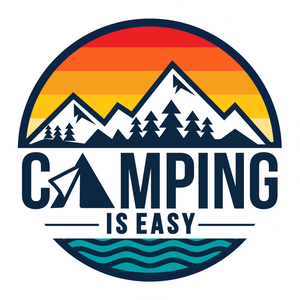Ultralight backpacking revolves around making smart choices to minimize weight without compromising on essential needs. One such essential is food. While it’s a deeply personal choice, based on individual tastes and nutritional goals, there are certain factors that can guide your decisions to ensure you're fueling your body efficiently during your hiking adventures.
Food as Fuel or Gourmet in the Great Outdoors?
Some backpackers adopt the 'food as fuel' mindset, prioritizing calorie-dense foods that are lightweight and convenient. This often means selecting items that provide the maximum calories per ounce. Calculating this ratio is simple: just divide the total calories of the food by its weight in ounces.
High-calorie-per-ounce foods, such as nuts, peanut butter, chocolate, and olive oil, become the obvious choices here. However, solely relying on them could lead to an imbalanced diet. Ideally, you'd want foods that fall within the range of 120 to 130 calories per ounce to ensure a mix of nutrients.
On the other hand, some trekkers prefer investing a bit more time in preparation, crafting their own dehydrated recipes to ensure a well-rounded nutritional intake. This might be a worthy consideration if you're seeking both flavor and nourishment on the trail.
The Importance of Easy Cooking
When you’re miles deep in the wilderness, simplicity is key. Most meals should require no more than boiling water. Check dehydrated meal packages for their cooking times, opting for those that cook quickly. Furthermore, consider your energy levels and time constraints in the morning. If you're planning to cover a lot of ground, quick options like bars might be preferable to a cooked breakfast.
Making Smart Food Choices
- Breakfast Options: For those willing to cook, oatmeal coupled with tea or coffee makes a warm start. If not, granola, breakfast mixes, and Pop-Tarts are convenient. Don’t forget high-energy snacks like nuts for morning energy boosts.
- Midday Meals and Snacks: Frequent snacking can help maintain energy levels. Stash snacks like bars, trail mix, beef jerky, dried fruits, and even some candy within easy reach. For lunch, sandwiches using bagels or tortillas are both filling and easy to make. Pair them with durable fillings like hard cheeses, peanut butter, or honey.
- Dinner Delights: While freeze-dried backpacking dinners are convenient, alternatives like pasta sides, rice, couscous, mashed potatoes, and ramen noodles can be just as fulfilling and more affordable. Enhance these meals with added proteins like tuna or chicken.
Flavor on the Fly
Enhance your meals with lightweight, flavorful additions. Packets from fast-food restaurants, small spice sachets, and hot sauce can elevate your dishes. Olive oil not only adds flavor but also provides additional calories. For drinkable delights, consider carrying drink mixes to enhance your water or to enjoy warm treats like cocoa or apple cider in the evenings.
A Few Final Thoughts
While foods like fresh fruits might not be the most efficient in terms of calories per ounce, bringing a few can offer a refreshing treat during your journey. Most importantly, as you immerse yourself in nature, remember the ethos of leave no trace camping: always pack out what you pack in.
Ultralight backpacking foods aren’t just about counting calories or ounces; it's about ensuring you have the energy and nutrients to enjoy your adventure. While these recommendations offer a starting point, always choose foods that align with your personal preferences and nutritional needs. Your body, your rules!
Explore Our Comprehensive Guide on the Top 25 things to bring while camping with your girlfriend


